"I have witnessed and observed some extraordinary damage in our state. Could be caused by hurricanes or tornadoes, and frequently when you see the aftermath of that damage, there's some symbol as of a structure that is still there.We have seen signs of systematic sabotage by the globalist elites against farmland, farmers, and food production infrastructure in recent years, could this be part of it?
When you look at the damages that have occurred here, it's just gone. Completely gone. Nothing left but ashes on the ground.
Some early, and I will categorize as premature assessments, show that there are about 400 to 500 structures that have been destroyed. There's no way to say for certainty that's gonna be the final number because there's still the ongoing assessment process." - Texas Governor, Greg Abbott.
Meanwhile, unusually cold temperatures and snowfall for February hit a significant portion of the Northern Hemisphere:
- Xinjiang, China: Harshest cold spell in over six decades - -63.4 degrees Fahrenheit.
- Mongolia: 90% of the country is affected by harsh winter conditions.
- Himachal Pradesh, India: 2 feet of snow in 24 hours - Almost 600 roads blocked.
- Jammu and Kashmir, India: 3 feet of snow in 48 hours.
- Gangwon, South Korea: Record snow cover - 2 feet.
- The Alps - 2 feet of snow in 24 hours.
- Utah, US: 30 inches of new snow in 3 days.
- Flagstaff, Arizona, US: 2 feet of snow in 3 days.
All this and more in our SOTT Earth Changes Summary for February 2024:
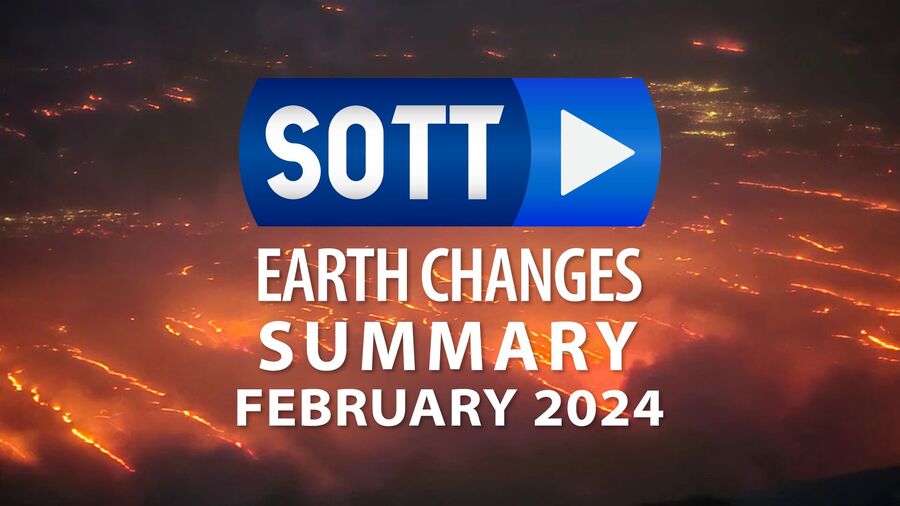
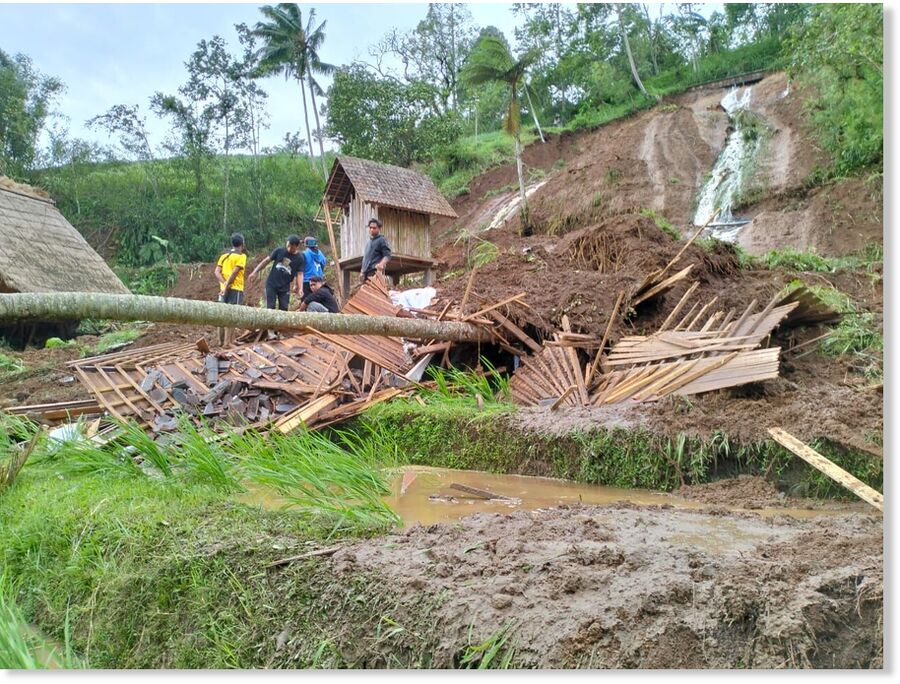
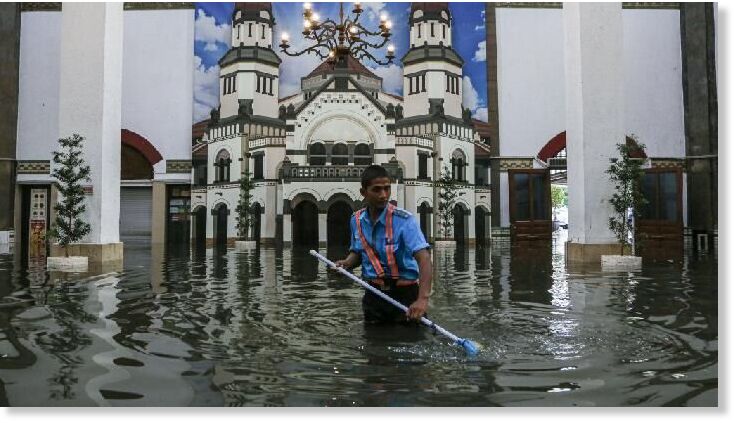
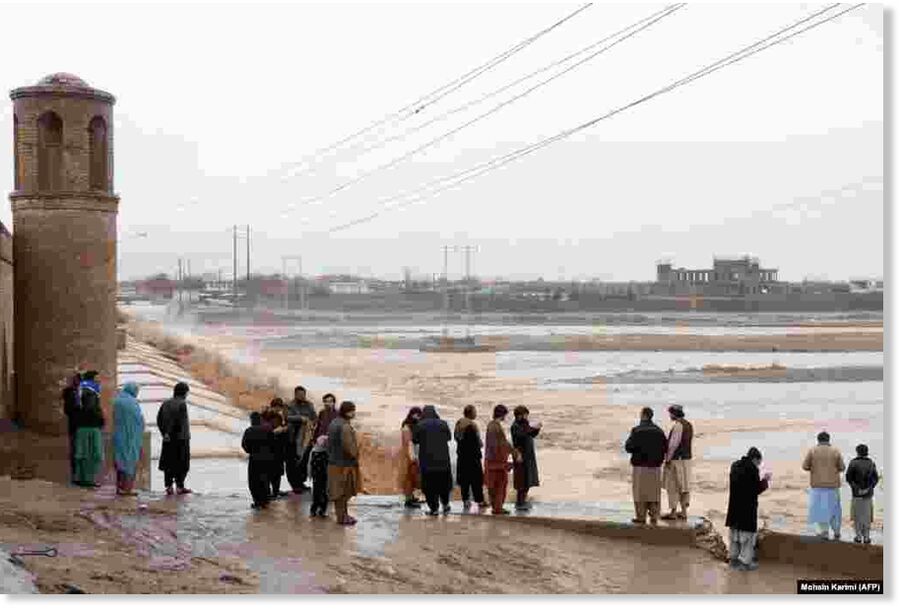
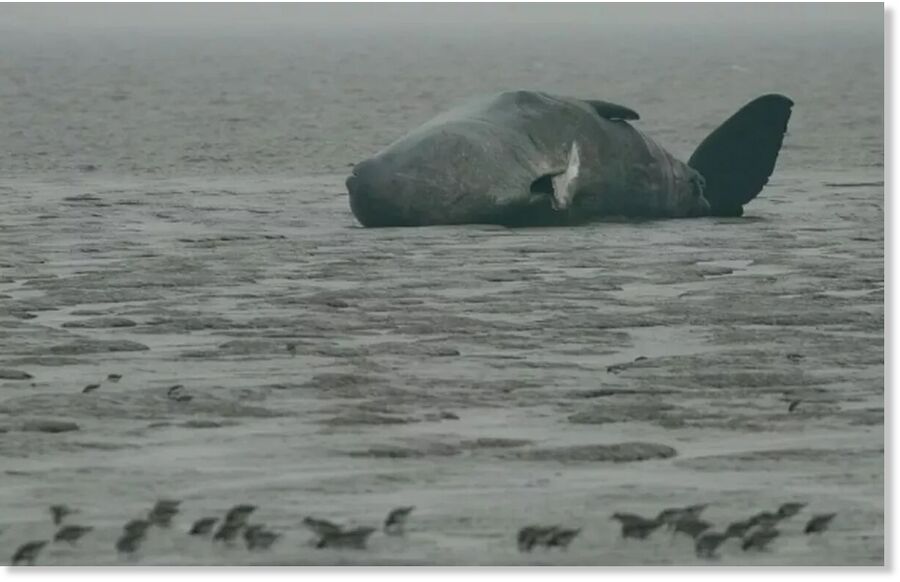

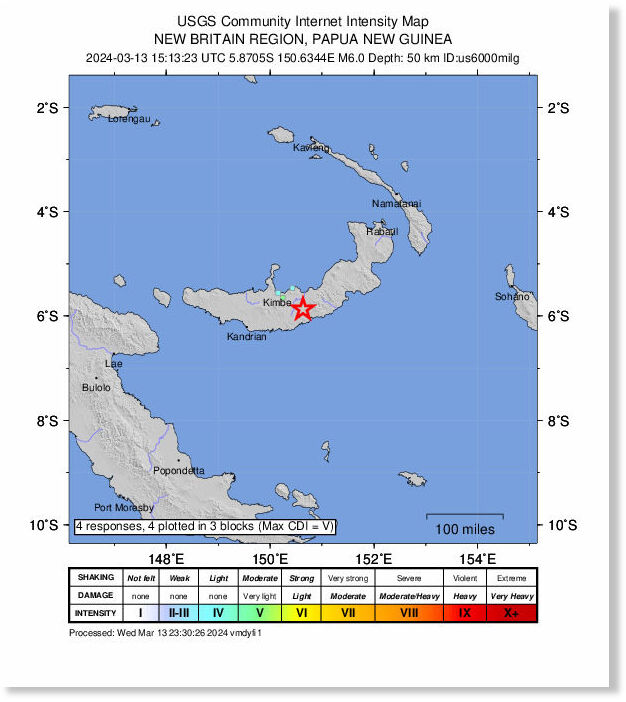
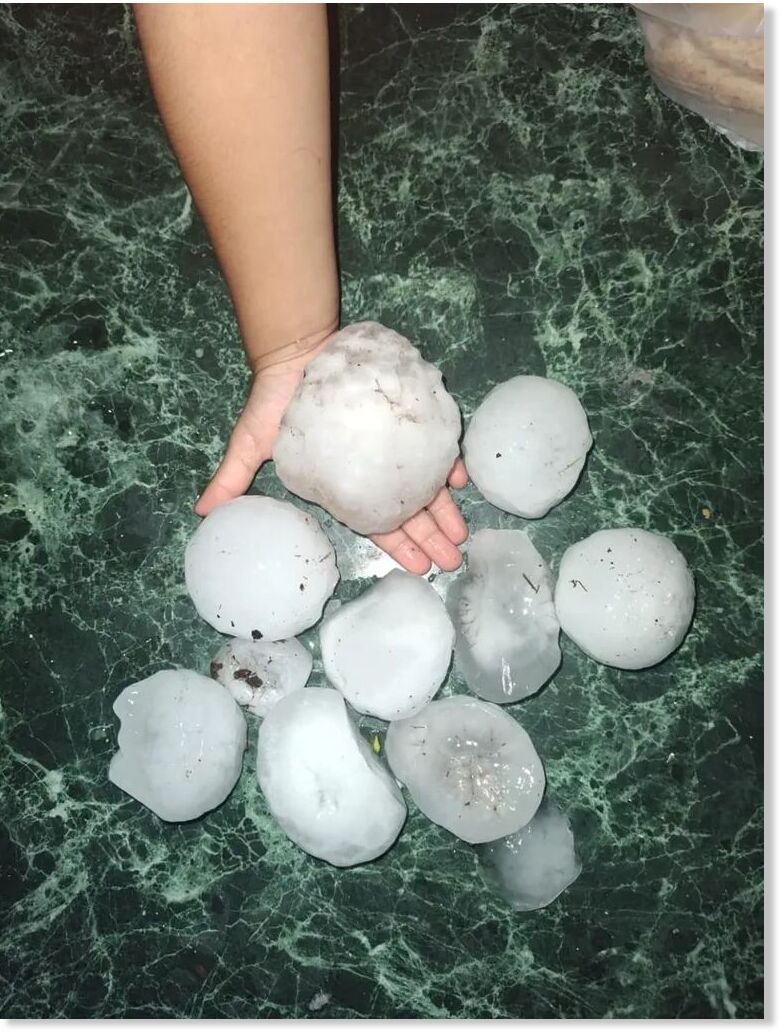
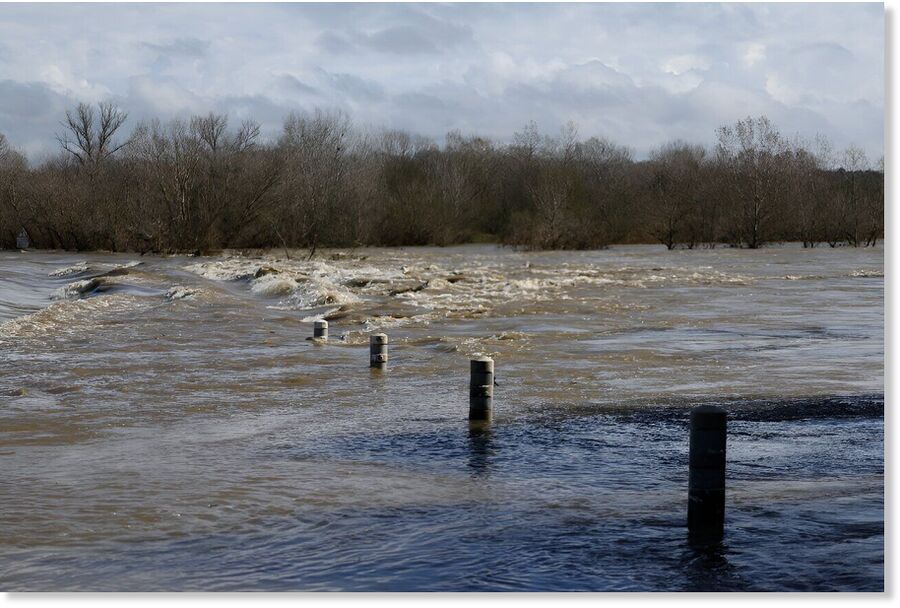
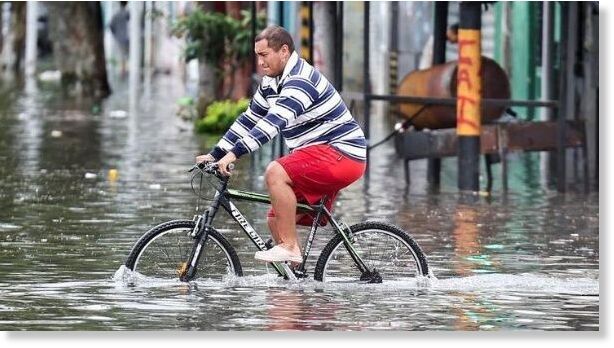


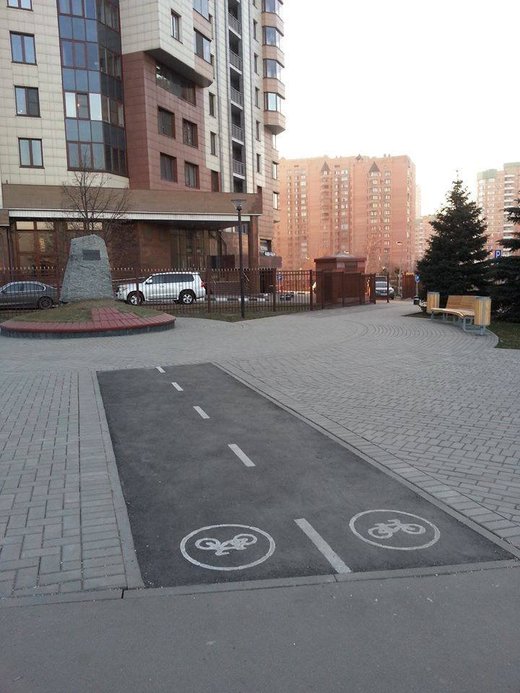
Comment: Related: Argentina floods: Buenos Aires streets turn into rivers after torrential rain